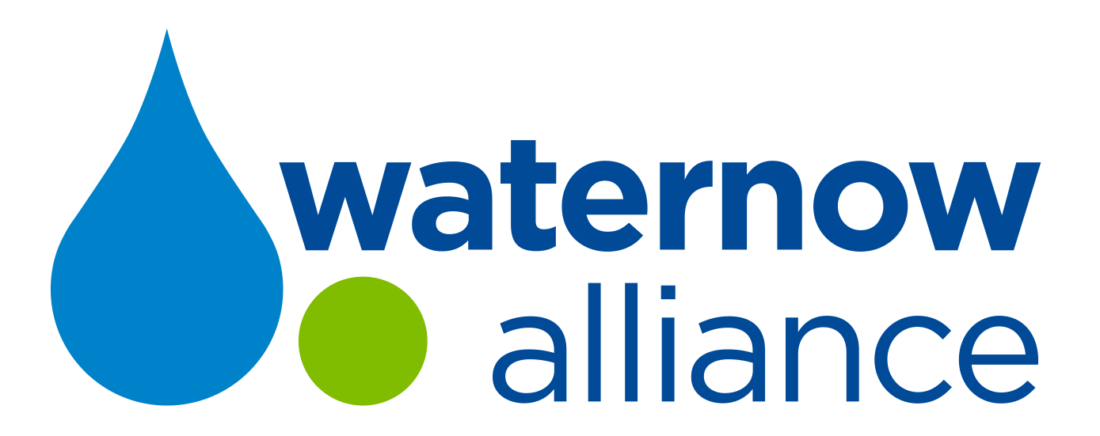Project Goal
WaterNow partnered with the City of New Orleans to assess options and develop a road map for the City to develop a green streets ordinance. This project aimed to establish a systematic approach for incorporating green infrastructure into all street construction and redevelopment projects, rather than handling them on a case by case basis.
Our Approach
The City has adopted a number of ordinances and policies which work in tandem to reduce flooding by encouraging the use of green stormwater infrastructure. The project kicked off research of ways to incorporate a green streets ordinance into existing City codes. The City was also interested learning about other green streets programs from across the U.S., particularly those that offer metrics and key performance indicators to help staff evaluate the design and benefits of a green streets ordinance. WaterNow identified 14 U.S. cities with comprehensive green streets programs and provided New Orleans with a summary of the key components. The research was reviewed by three green stormwater infrastructure experts to validate the findings and verify that the programs listed were representative of the types of programs available throughout the U.S. Finally, WaterNow convened two stakeholder meetings to solicited valuable feedback from the participants that will inform the City’s ordinance.
Outcomes
This project put New Orleans on the path to creating a cutting edge green streets program to install green infrastructure in the City’s public right-of-ways. This will help address urban flooding, not only in a performance-based manner, but also in a way that will ensure those projects are properly operated and maintained, bring multiple benefits to the community, and are part of the City’s commitment to build complete, livable streets. WaterNow’s final report recommending achievable action items aimed at moving New Orleans’ ordinance development process forward will serve as the foundation and road map for Green Streets Task Force. This collaborative project has helped the City create momentum needed to turn the community’s desire to prioritize green infrastructure solutions to urban flooding into codified city policy and ultimately on-the-ground projects citywide.
Read the full report here.


